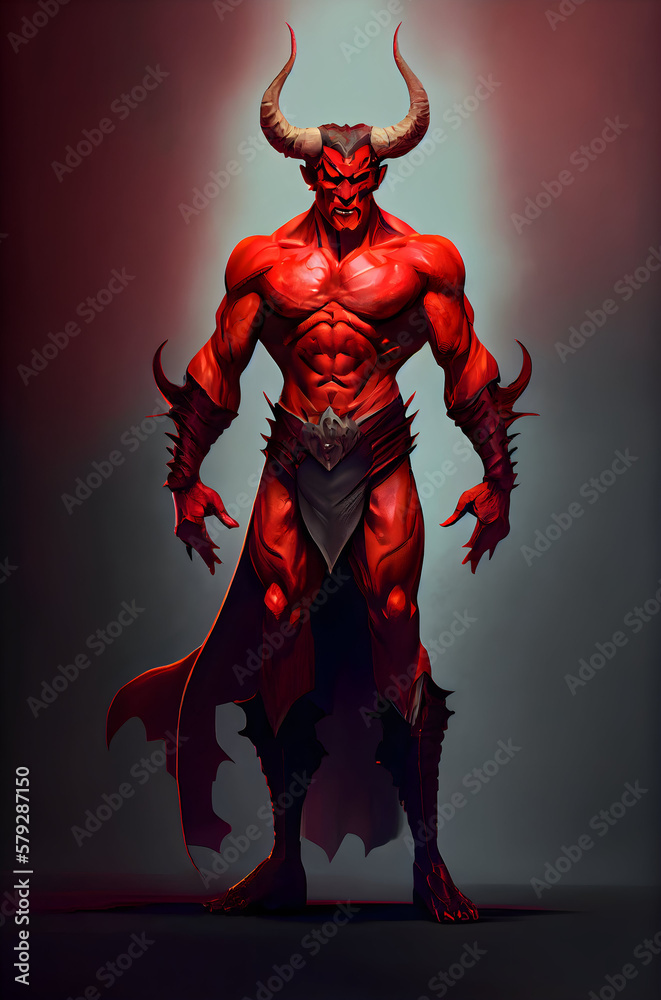The Devil card in the Tarot deck serves as a rich tapestry of symbolism and meaning, often evoking a sense of intrigue and trepidation. When viewed through a Christian lens, this card emerges as a multifaceted entity, prompting profound reflection on temptation, materialism, and freedom. At face value, the Devil card may conjure images of dread and chaos; however, its broader implications invite an exploration of human experiences and spiritual truths. How can one decipher the underlying challenge that this card presents, especially from a Christian perspective?
To commence, it is essential to understand the traditional visual representation of the Devil card in Tarot. Typically depicting a horned figure, often reminiscent of classical depictions of Satan, this iconography underlines themes of bondage and illusion. The sight of two figures, usually entangled in chains at the base of this formidable image, speaks volumes. Are these figures mere representations of lost souls, or do they embody humanity’s struggle with vices that eclipse our spiritual integrity?
In Christianity, the Devil symbolizes temptation—the adversary that lures individuals away from the path of righteousness. This card, therefore, prompts a significant introspection: what temptations do we face in our daily lives? It invites individuals to confront their moral dilemmas, ultimately leading to a deeper understanding of personal choices and their consequences. The presence of the Devil card can arguably serve as a stark reminder of the trials that every believer encounters.
Furthermore, when examining the meanings encapsulated within the Devil card, one stumbles upon the complexities of materialism. The shadow of this card looms over our materialistic desires, questioning whether our attachment to worldly possessions enhances or detracts from our spiritual journey. In a Christian context, this notion resonates profoundly with biblical teachings that warn of the perils of greed and the alluring nature of earthly desires. Reflecting upon this dichotomy, are we slaves to our possessions, or do we possess the wisdom to transcend them?
The juxtaposition of freedom versus bondage emerges prominently in the discourse surrounding the Devil card. In a Christian context, this duality challenges believers to consider whether they are genuinely free or ensnared by their impulses. The Devil card, then, serves as a flickering lantern illuminating the paths of self-limitation chosen by individuals. Are we not our own captors due to choices fueled by fear, addiction, or overwhelming desires? The card invites a potential challenge: reclaiming one’s autonomy by recognizing and confronting inner demons.
Moreover, the Devil card encapsulates the dichotomy of the persona versus the shadow self, a concept familiar in both psychology and spirituality. In Christianity, the shadow represents the parts of ourselves that we tend to suppress—our flaws, fears, and unconfessed sins. Within this context, the Devil card nudges individuals toward acknowledging their shadow, thereby fostering growth and redemption. Is it not a courageous endeavor to confront that which we often prefer to ignore?
As one delves deeper into the meanings inherent in the Tarot, it becomes clear that the Devil card beckons one to engage with their unconscious mind. The challenge lies in the willingness to journey into one’s inner depths. How often do Christians indulge in introspection? The Devil card offers a rare invitation to explore the undercurrents of desire, fear, and societal expectations. Through this lens, the card’s call to exploration transitions from a harrowing proclamation to a profound opportunity for spiritual growth.
In addition to individual reflections, the Devil card signifies broader societal influences that may divert individuals from their spiritual paths. Cultural materialism, for example, can serve as a modern-day embodiment of temptation. The relentless pursuit of success, status, and wealth often clouds spiritual clarity and diverts focus from what truly matters. The Devil card, therefore, functions as a clarion call to reclaim authenticity amidst the cacophony of societal expectations—an essential consideration for modern Christians.
As the exploration continues, it is crucial to acknowledge the transformative potential when one confronts the energies represented by the Devil card. Through awareness and intention, believers can transcend the constraints imposed by both internal and external forces. This transformation often necessitates self-discipline, understanding, and, importantly, the embrace of faith. It raises the question: can faith prevail over temptation, and can resisting the allure of the Devil lead to enlightenment?
Ultimately, the significant takeaway from the Devil card in Tarot, particularly from a Christian perspective, is the empowerment found in self-awareness. Rather than relinquishing power to one’s fears or desires, individuals are reminded of their capacity to rise above. The card emphasizes the vital importance of recognizing the duality within and embracing the journey toward liberation from both internal and external restraints.
In conclusion, the Devil card in Tarot presents a complex interplay of temptation, materialism, bondage, and enlightenment, all filtered through a distinctly Christian prism. It serves not just as a harbinger of darkness but as an unlikely beacon of hope, urging believers to engage in critical self-reflection. Are we willing to confront our inner devils for the sake of true freedom? Such inquiries illuminate the contemplative journey that lies ahead, one fraught with challenges yet abundant with opportunities for growth and redemption.









Leave a Comment